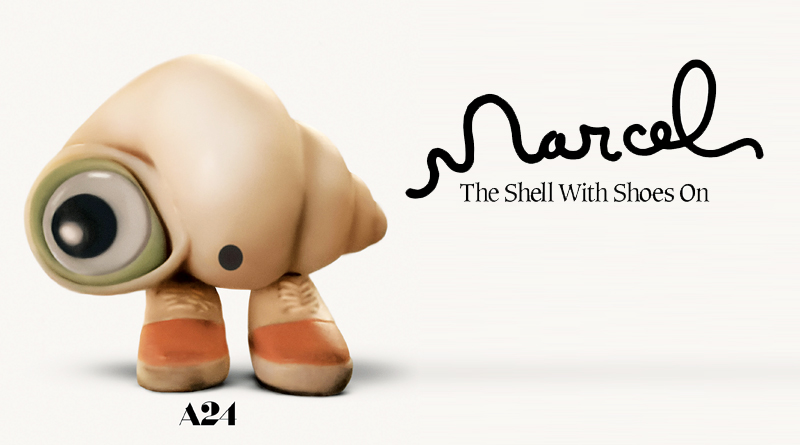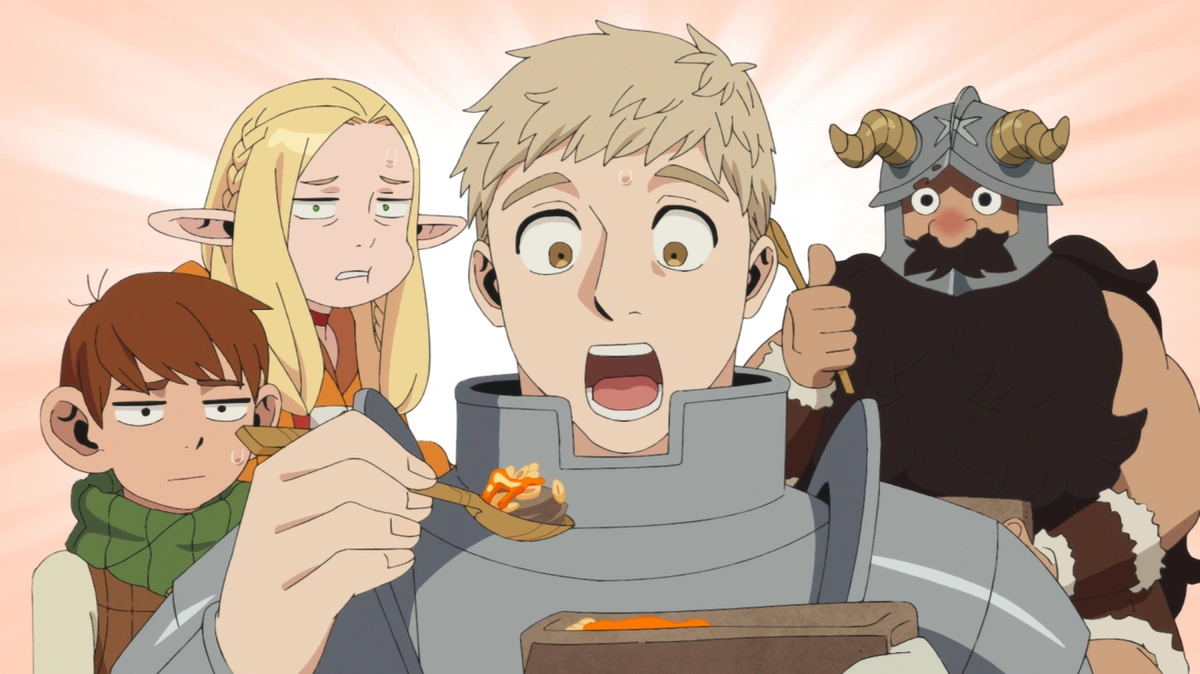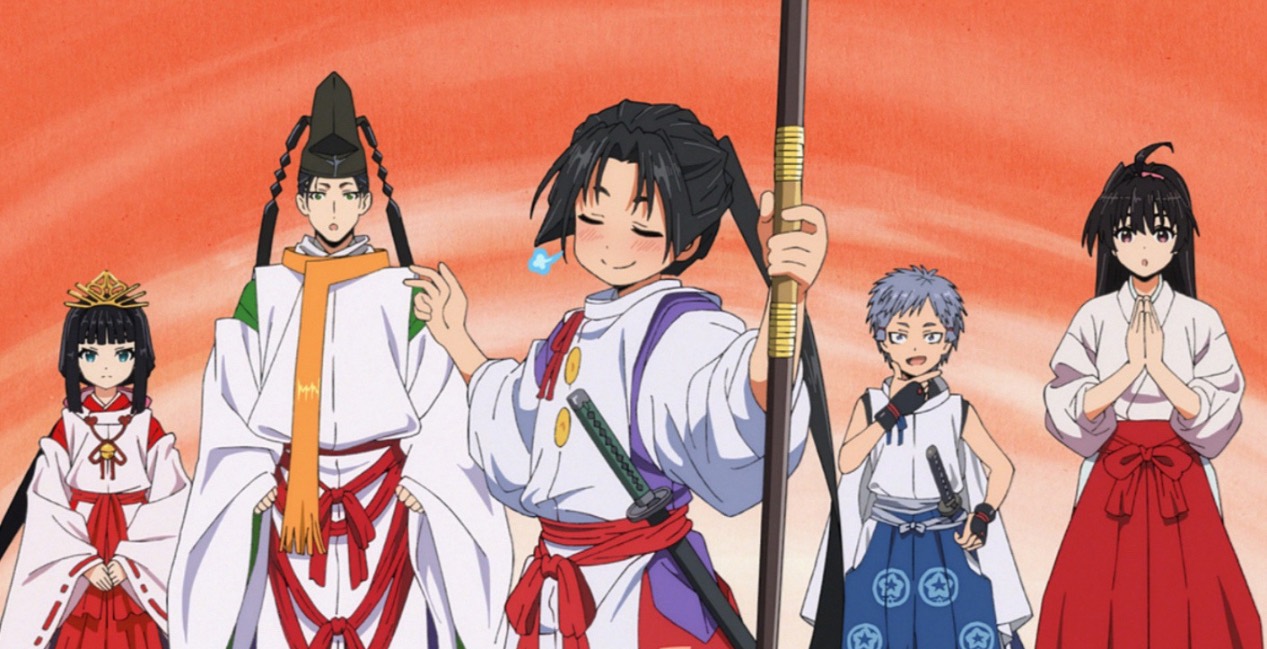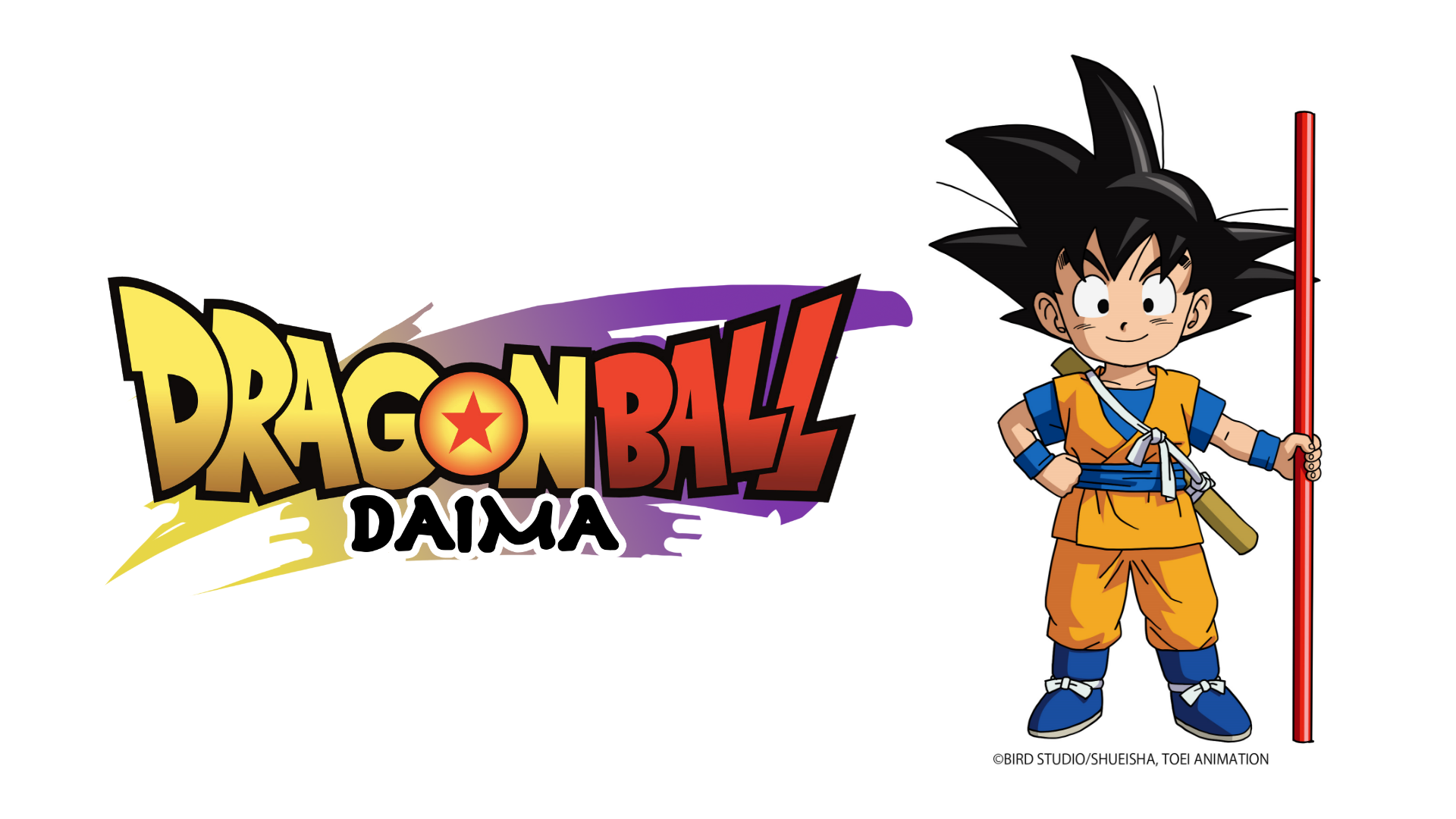I want to start off by saying that the cast of Stan Against Evil is amazing and features some of the greatest comedic actors working today. This article is not meant to diminish any of their contributions to the show. I simply wanted to shine a light on an actress I don’t feel is getting as much credit as she deserves. With that being said, let’s talk about how awesome Janet Varney is in this show!
Janet is not only playing one of the only female sheriffs on TV but she has to do so while sharing the screen with comedic legend John C. McGinley. That is a lot to put on any actor’s shoulders and Janet rises to the occasion in a magnificent way. Like any good comedy duo, she is John’s equal on the opposite end of the spectrum. She plays the straight man to John’s outlandish and ridiculous Stan. She is the Abbott to his Costello, the Murtaugh to his Riggs, the Hutch to his Starsky.
This role may seem simple but ask yourself this. Would you be able to be in the same room as John C McGinley and portray an equal amount of authority? John is one of the top actors when it comes to physicality of performance and I have seen a lot of very fine actors intimidated and shut down their body language during a scene in response. Janet not only holds her own in every scene, she elevates it!
These are two characters who would much rather have their teeth pulled than talk about their feelings, so their nonverbal communication in both their physical performances is key to getting across what they are thinking and how their relationship is progressing. Apparently Dana Gould told Janet that she was kind of the “Indiana Jones” of the show and you can definitely see a Harrison Ford like quality in the way she carries herself. She even does a Indy style set of the jaw when the character gets into a particularly frustrating conundrum. Look for it next time you watch the show and I dare you not to get chills of badassness.

Not only is Janet killing it when it comes to physicality of her performance but she brings the emotion as well. She takes every emotional choice John makes and gives it back to him in spades. She can go big and trade blows in a screaming match or cut some tension with a snide remark. Whatever the scene calls for Janet is game. Janet’s improv background offers her a lot of flexibility in her approach and I can only imagine helps with any on the fly decision making when it comes to acting choices. Janet’s facial expressions are on point in the show as well. It has been a long time since I have seen an actor do so much with their face. Whether she is making you laugh with a frustrated eye roll, terrifying you with a lipstick smeared smile, or making you tear up during the rare moments she let’s her mask down with Stan, her face is always drawing and emotion out of you.
I have previously stated that the reason the show is called Stan Against Evil is that “Evie” is harder to make into a pun and in some ways this is true. Stan is much more passive than most titular main characters we see. Stan has to be dragged into helping solve almost every conflict.
And why can he afford to sit in his chair and watch WW2 documentaries while witches run rampant? Because Evie is doing all of the ground work. She is the one who is finding clues, solving puzzles, and just generally moving the plot forward. In many respects, Evie is more of the main character of the show than even Stan is. This is why I find it disappointing that the character does not get the same amount of attention as fan favorites Stan and Denise. So I implore all you Evie/Janet fans out there to wrap yourself up on the couch with a bottle of wine and the latest issue of “Divorced Female Sheriff Monthly” and raise your glass with me in a salute to one of the greatest comedic actresses working today. You deserve it JV!

Movie
You Are Not Ready for ‘Marcel the Shell with Shoes On’

“Do you want to watch a film with me? It’s called Marcel the Shell with Shoes On”
“What?”
“It’s about a little shell named Marcel who wears shoes.”
“…”
And that about sums it up! It’s the blob of a week between Christmas and New Year so it was the optimum time to watch a very surreal film recently added to UK Netflix.
Released in 2021 (a blob of a year) Marcel the Shell with Shoes On is about a one-inch-tall shell called Marcel who lives with his grandmother, Connie, in an Airbnb. Marcel usually stays out the way of the house’s various guests as he utilizes his only means of fast transportation (a tennis ball) and walks his pet lint on a string (Alan). This is until a documentary filmmaker named Dean, who is staying at the Airbnb, discovers Marcel and his unique lifestyle.
As filmmakers are wont to do Dean begins to film interviews with Marcel, consequently we get an insight into Marcel’s world both inside and out. Yes, Marcel is a stop-motion hermit crab shell with surprisingly expressive googly eyes but he feels very human. I was unsure about Marcel’s age and gender because he sounds a lot like Lisa Simpson, I did even check that Marcel wasn’t voiced by Yeardly Smith. But Marcel is voiced superbly by Jenny Slate. Marcel comes off as quite childlike with his wide-eyed optimism and naivety (he is a shell I suppose). Yet, like many children, Marcel will utter something so profound he will seem more of a fossil than a shell. When Dean uploads Marcel’s interviews onto YouTube Marcel of course becomes a viral sensation. Marcel reads the comments on his videos, using his tiny shoes to activate the laptop touchpad, which is just adorable! Despite his obvious popularity, Marcel remarks; “It’s an audience. It’s not a community.” Which just drives a stake into the heart of social media.
No, Marcel does not become a teeny-tiny-TikToker, he in fact uses the internet to find his lost community. The house used to be full of anthropomorphic objects including Marcel’s own shell family. They had been living in the house for generations, Connie herself came from the garage travelling by coat pocket to the main house; it’s why she has an accent. Among the community there are anthropomorphic pieces of cereal and because the internet notices this stuff; a tampon! An unfortunate event occurred and the community were accidentally removed from their home one tragic night, leaving Marcel and Connie on their own.
Being an A24 film I knew it would get deep. Marcel’s journey gives the audience a unique perspective of life, death, and community. In a modern world where we are more connected than ever but loneliness has been recognized as a universal health crisis. We could all learn something from this talented little shell and his grandmother. Be like Marcel and don’t get sanded down by life, stay connected to your community and know you are not just rattling around on your own!
It’s a beautifully poignant and quirky film. Despite its metaphysical and existential content, the film doesn’t take itself too seriously. Whether it’s Marcel making rope by winding together the pubic hairs he finds in the drain (he calls them ‘hardy hairs’) or sleeping on slices of bread referring to them as his ‘breadroom’. The film is painstakingly detailed and you can see its roots in a short film. It’s a delightful adventure that has something far bigger to say than its minuscule protagonist.
Five stars.
Streaming
Top Five anime in 2024

As an anime enthusiast and entertainment journalist, I’ve curated a list of the top five must-see anime series of 2024. These selections showcase the diversity and creativity that define the medium, offering compelling narratives and stunning animation.

Delicious in Dungeon
This series combines culinary arts with fantasy adventure, following a group of dungeon explorers who cook and eat the monsters they defeat. The unique premise and mouth-watering depictions of fantasy cuisine make it a standout this year. Kaiju No. 8
Set in a world plagued by kaiju attacks, the story centers on a protagonist who gains the ability to transform into a kaiju himself. The series offers a fresh take on the kaiju genre, blending action with deep character development.

Kaiju No. 8
Set in a world plagued by kaiju attacks, the story centers on a protagonist who gains the ability to transform into a kaiju himself. The series offers a fresh take on the kaiju genre, blending action with deep character development. Solo Leveling
Adapted from the popular web novel, this anime follows a weak hunter who becomes the world’s strongest after a mysterious system grants him unique abilities. Its dynamic animation and gripping storyline have captivated audiences worldwide.

Solo Leveling
Adapted from the popular web novel, this anime follows a weak hunter who becomes the world’s strongest after a mysterious system grants him unique abilities. Its dynamic animation and gripping storyline have captivated audiences worldwide. The Elusive Samurai
Set in feudal Japan, this historical series follows a young samurai who uses his agility and wit to survive in a turbulent era. The anime’s blend of historical context and engaging action sequences has garnered critical acclaim.

The Elusive Samurai
Set in feudal Japan, this historical series follows a young samurai who uses his agility and wit to survive in a turbulent era. The anime’s blend of historical context and engaging action sequences has garnered critical acclaim. Dragon Ball Daima
The latest installment in the iconic Dragon Ball franchise, this series introduces new transformations and challenges for Goku and his friends. Its high-octane battles and nostalgic elements appeal to both longtime fans and newcomers.

Dragon Ball Daima
The latest installment in the iconic Dragon Ball franchise, this series introduces new transformations and challenges for Goku and his friends. Its high-octane battles and nostalgic elements appeal to both longtime fans and newcomers. These anime series exemplify the innovation and storytelling prowess that continue to drive the medium’s global popularity. Whether you’re a seasoned otaku or new to anime, these titles are essential viewing for 2024.
Movie
Mechanic Rocky

“Mechanic Rocky” is a 2024 Indian Telugu-language action comedy film that marks the directorial debut of Ravi Teja Mullapudi, who also penned the script. Produced by Ram Talluri under SRT Entertainments, the film features Vishwak Sen in the titular role, with Meenakshi Chaudhary and Shraddha Srinath as the female leads. The technical crew includes Manojh Reddy Katasani handling cinematography, Anwar Ali in charge of editing, and Jakes Bejoy composing the music.
The narrative centers on Rakesh, affectionately known as Rocky, a cheerful mechanic who operates his family’s auto repair shop. His life takes a tumultuous turn when he becomes entangled with two women, Apsara and Priya, both of whom develop romantic interests in him. Complications escalate as Ranki Reddy, a ruthless land grabber portrayed by Sunil, sets his sights on Rocky’s garage, leading to a series of confrontations that blend action, drama, and elements of comedy.
Vishwak Sen delivers a commendable performance, embodying Rocky with a blend of charm and intensity that resonates well with the audience. Meenakshi Chaudhary and Shraddha Srinath provide solid support, each bringing depth to their respective roles. Sunil’s portrayal of the antagonist adds a compelling layer to the film, enhancing the overall narrative.
The film’s music, composed by Jakes Bejoy, complements the storyline effectively, with tracks like “Gulledu Gulledu” and “Oo Pillo” standing out for their catchy tunes and engaging choreography.
Critically, “Mechanic Rocky” has received mixed reviews. The Times of India describes it as “an underdog tale blending drama, action, and redemption,” highlighting its genre-blending approach. Great Andhra notes that the film “feels like two different films,” with a tedious first half and a more engaging second half. 123telugu.com echoes this sentiment, stating that while the second half is gripping, the first half is dull, ultimately calling it a “decent watch.”
In conclusion, “Mechanic Rocky” offers a blend of action, comedy, and drama, with strong performances and engaging music. However, its uneven pacing and predictable plot developments may detract from the overall experience for some viewers. As an entertainment journalist and Indian cinema enthusiast, I would rate “Mechanic Rocky” a 6 out of 10, acknowledging its strengths while noting areas where it could have delivered more effectively.





